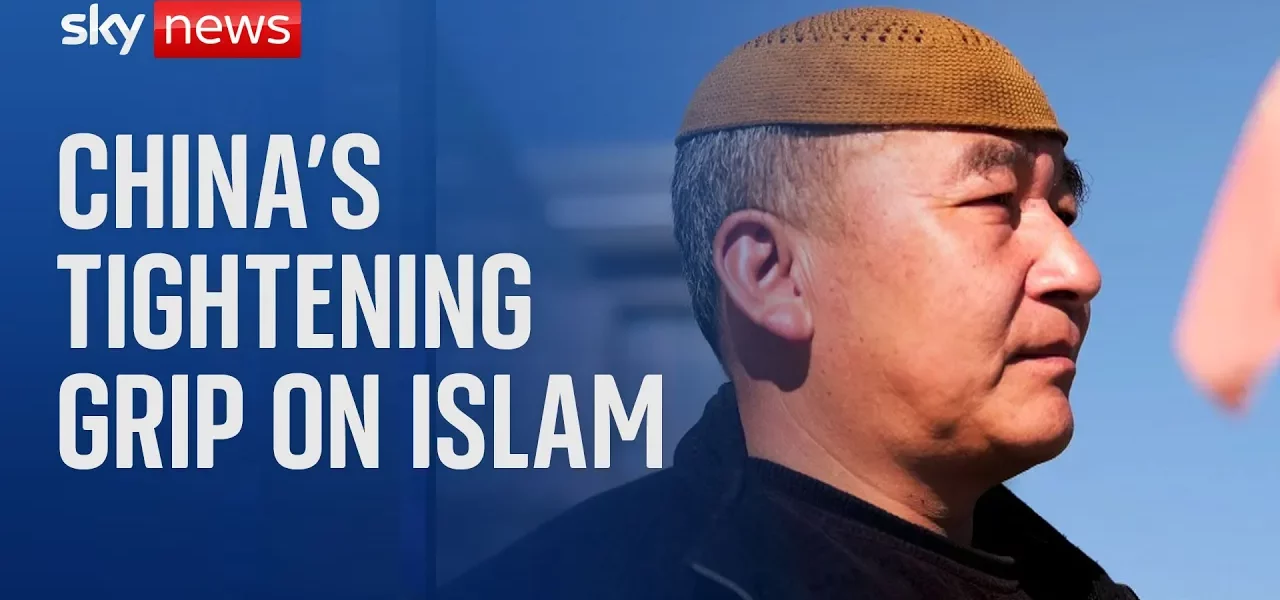The State of Islam in North Central China: Resilience and Change

This article delves into the intricate dynamics of Islamic faith and practice among the Hui people in North Central China, highlighting the challenges posed by state policies and cultural shifts.
Introduction
In the heart of North Central China lies a unique pocket where the Islamic faith is deeply intertwined with cultural identity. The Hui people, who both look and speak Chinese, embody a fusion of cultural integration and religious adherence. However, their faith is undergoing significant transformations, influenced by national policies aimed at reshaping religious practices. This article explores the resilience of the Hui community, the evolution of their worship spaces, and the broader implications of state control over religion.
The Hui People: A Cultural Mosaic
The Hui are one of China’s 55 recognized ethnic minorities, primarily distinguished by their Islamic faith. While they share many cultural traits with the Han Chinese majority, their religious practices and beliefs set them apart. Understanding the Hui people requires exploring their history, culture, and the challenges they face today.
Historical Context
The Hui have a long-standing presence in China, with roots tracing back to the Tang dynasty. Over centuries, they have developed a unique culture that blends Islamic traditions with Chinese customs.
Integration and Identity
- Language: The Hui predominantly speak Mandarin, making communication with the Han seamless.
- Community: They have established strong community ties, often centered around mosques that serve as both religious and social hubs.
- Traditions: Many Hui customs, such as food and festivals, reflect their Islamic heritage while also embracing local traditions.
Changes in Worship Practices
As policies towards religion in China shift, the Hui community faces increasing challenges in practicing their faith. This section outlines the significant changes affecting their worship practices, particularly in mosque architecture and community engagement.
Architectural Transformations
One of the most visible signs of change is in the architecture of mosques across the region. Traditional Islamic features are being replaced with styles that align more closely with Chinese aesthetics.
- Removal of Domes: A significant number of mosques have had their domes removed, a move seen as an effort to erase Islamic architectural identity.
- Alterations to Structures: Many mosques are being renovated to conform to national guidelines, which often means adopting a more Chinese architectural style.
- Closure of Worship Spaces: Reports indicate that numerous mosques have been closed or repurposed, further diminishing spaces for Islamic practice.
Community Engagement
As worship spaces dwindle, community participation in religious activities has also declined sharply. The once vibrant atmosphere of communal worship has turned somber.
- Decline in Attendance: The number of worshippers has drastically decreased, with many mosques now hosting only a handful of attendees.
- Restrictions on Youth: Children are increasingly prohibited from attending mosques, stifling the transmission of Islamic teachings to the next generation.
- Paranoia and Surveillance: There is a growing sense of anxiety within the community, with reports of increased surveillance by state authorities.
The Broader Implications of State Policies
The state’s approach to religious practices in China raises questions about the future of religious freedom, particularly for minority groups like the Hui. This section examines the implications of current policies.
Government Policies and Their Effects
The Chinese government’s policies toward Islam can be understood through various lenses, including national security and cultural integration.
- National Security Concerns: The government often justifies its actions on the grounds of maintaining national security, portraying religious practices as potential threats.
- Patriotism and Religion: Authorities emphasize the need for Islam to align with socialist values, promoting a narrative that seeks to reshape religious identity.
- Incremental Changes: Many changes occur gradually, leading to a situation where the community may not fully grasp the extent of the transformation.
Community Responses and Resistance
Despite the challenges, there are pockets of resistance and resilience among the Hui. Some community members express their concerns and frustrations through various means.
- Protests: There have been instances of protests against the demolition of mosque features, showcasing community solidarity.
- Adaptation: Many Hui are finding ways to adapt their practices to fit within the new regulations, albeit with a sense of loss.
- Preservation of Culture: Efforts are being made to document and preserve the unique cultural heritage of the Hui, ensuring their traditions are not forgotten.
Conclusion
The state of Islam in North Central China reflects a complex interplay between cultural identity and state control. The Hui people’s resilience is evident in their adaptability and determination to maintain their faith amidst significant challenges. However, as changes continue to unfold, the future of their religious practices and cultural identity remains uncertain. For those interested in understanding the nuances of this situation, further exploration and discussion are essential. We invite readers to engage with this topic and share their thoughts on the implications of state policies on religious freedoms in China.
“`




